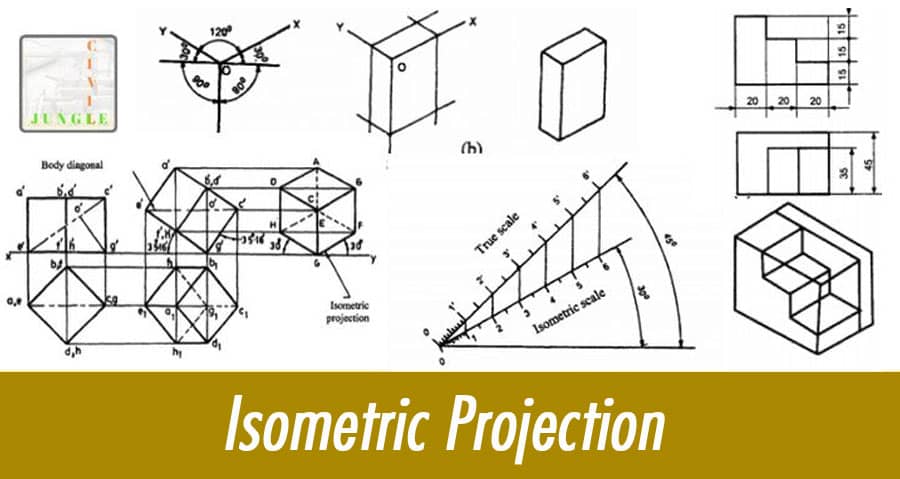Isometric Projection: Principles and Applications in Construction

Isometric projection stands as a pivotal concept in the realm of construction and design. Originating from the principles of orthographic projection, this technique has revolutionized the way structures are visualized and planned. Let's delve deeper into the origins, principles, applications, and future prospects of isometric projection in the construction industry.
Introduction to Isometric Projection
Isometric projection serves as a fundamental tool in visualizing three-dimensional objects on a two-dimensional plane. Its significance in the construction domain lies in its ability to present a comprehensive and accurate portrayal of structures, aiding architects, engineers, and builders in their planning and communication efforts.
History of Isometric Projection
The roots of isometric projection can be traced back through history, evolving from earlier forms of graphical representation. Milestones in its development showcase a progressive shift from traditional drafting methods to more advanced techniques, marking a significant leap in construction visualization.
Fundamental Principles of Isometric Projection
Understanding orthographic projections is key to comprehending isometric drawing techniques. Exploring the intricacies of angles and projections forms the foundation for creating accurate isometric representations, ensuring precision in construction plans.
Applications in Construction
Isometric projection plays a vital role in the design and planning phase of construction projects. Its clarity and ease of interpretation facilitate seamless communication among stakeholders, offering distinct advantages over conventional projection methods.
Advancements and Modern Technologies
With the integration of computer-aided design (CAD) software, isometric projection has experienced a paradigm shift. The advent of 3D modeling and virtual reality technologies has further enhanced its capabilities, providing a more immersive and detailed visualization experience.
Challenges and Limitations
While isometric projection presents numerous benefits, challenges related to accuracy and complexities arise, particularly in large-scale construction projects. Maintaining precision throughout the process remains a focal point for professionals in the field.
Isometric Projection in Various Industries
Beyond construction, isometric projection finds applications in various industries, from engineering and architecture to industrial design. Its versatility extends its relevance across diverse sectors, showcasing its widespread utility.
Training and Education on Isometric Projection
Recognizing its significance, educational institutions and training programs emphasize the inclusion of isometric projection in curriculums. Equipping future professionals with this skill proves instrumental in their careers within the construction and design spheres.
Future Prospects and Innovations
The future of isometric projection holds promising advancements, driven by emerging trends and technological innovations. Continued integration with cutting-edge technologies is expected to further refine and expand its applications.
Conclusion
Isometric projection stands as an indispensable tool in the construction industry, offering a unique perspective that simplifies complex visualizations. Its evolution from historical roots to modern-day applications signifies its enduring importance in shaping the future of construction and design.
FAQs
Is isometric projection only applicable in construction?
Isometric projection has diverse applications beyond construction, spanning various industries like engineering, architecture, and industrial design.
How does isometric projection differ from other projection methods?
Unlike other methods, isometric projection offers a three-dimensional view of objects on a two-dimensional plane, providing a more realistic representation.
Are there limitations to using isometric projection?
While highly beneficial, isometric projection may pose challenges in maintaining accuracy, especially in large-scale projects.
How is isometric projection taught in educational settings?
Educational institutions incorporate isometric projection into their curriculums and offer specialized training programs for professionals in construction and design fields.
What does the future hold for isometric projection?
The future prospects of isometric projection are promising, with advancements in technology expected to further enhance its capabilities and applications.
